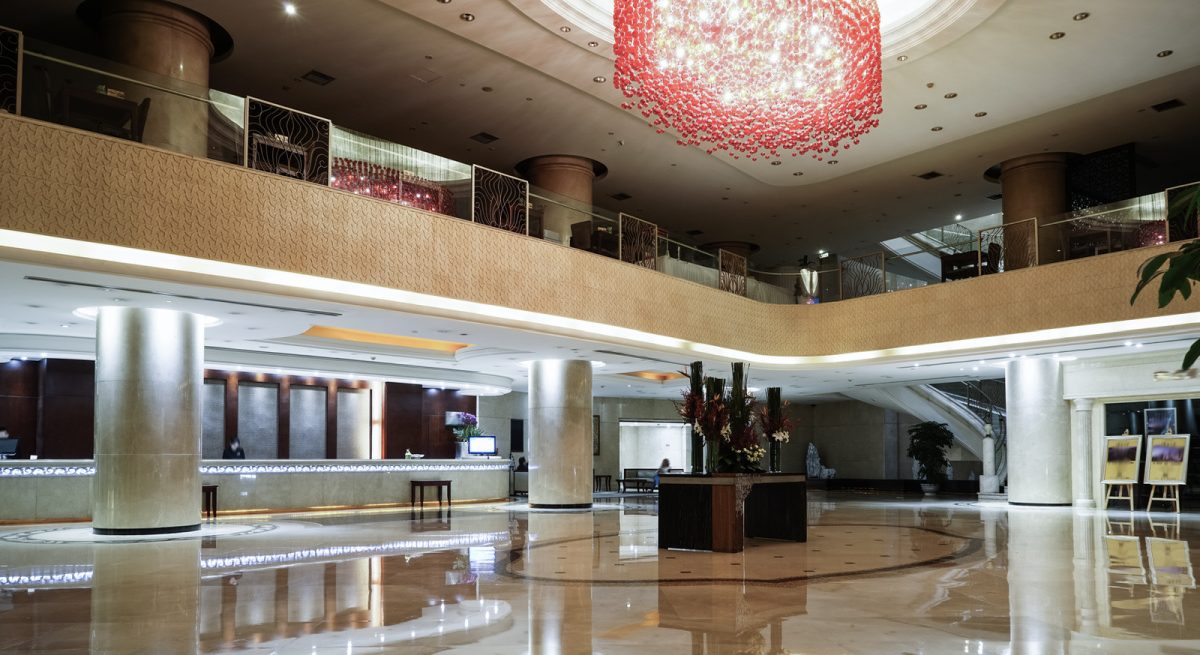The Next Frontier for Restaurants: The Hotel Lobby
2 Min Read By Yuwen Peng
During the pandemic, restaurants were forced to shut down or limit their indoor dining areas to prevent the spread of COVID-19. Most restaurants took advantage of al fresco dining or turned to alternative pick-up and delivery service methods to regenerate revenue. Other restaurants turned to hotels to attract new customers and strengthen their existing customer base. Long before the pandemic, hoteliers were looking for ways to refresh their properties' food and beverage offerings, and the pandemic presented the ideal opportunity for restaurants to enter the hotel sphere.
Struggling to attract travelers during the height of the pandemic, hotels rented out their empty kitchens and banquet spaces to restaurateurs hunting for cut-rate space. In 2020 and most of 2021, ghost kitchens became a popular substitute for the traditional hotel kitchen. Analysts now estimate that fewer than five percent of hotels in the United States operate ghost kitchens from within their properties, but the number is expected to grow.
Elevating the dine-in experience should be the priority for restaurateurs already operating in hotels.
As society phases out of the pandemic, ghost kitchens will coexist with a dine-in establishment—operating in a bustling lobby and hotel. Experts advise hoteliers to become operators of ghost kitchens to provide a more relevant and branded room service offer to guests. The required additional space in the kitchen may be as little as 150 square feet and use minimal or additional equipment such as a TurboChef or a convection oven. With the added revenue, the upgrades will pay for themselves in a very short period.
Elevating the dine-in experience should be the priority for restaurateurs already operating in hotels. This is especially true for the hotel bar. Contrary to popular belief, the main driver for any hotel is not the food offerings, but the beverage offerings. Creating a popular bar that attracts locals and visitors provides restaurants with a window of opportunity to showcase their food menu and gain loyal customers. In addition to being one of the best ways to attract new customers, elevating the bar area also benefits restaurants. Margins are larger on beverages than they are on food due to less labor, higher markup, and the social aspect.
In addition to the menu, restaurant layout is one of the more prominent aspects of hospitality design that can either make or break your customer base. While hotel lobbies have evolved over the last few years, many are still not conducive for a restaurant to be operating out of it. Rearranging a lobby should go beyond moving furniture; changing the floor plan can also mean changing it. Spatial technology is a great tool to forecast how a space will look if a wall was removed or if the lobby was extended to a different area.
Lastly, flexibility is a key design element that all restaurateurs must consider. The dining area should accommodate a variety of guests throughout the day. The space should be suitable for people working remotely or students doing heads-down work during working hours. As the day ends and happy hour approaches, moveable and transparent walls and furniture can be utilized, allowing the space to shift into happy hour areas and seating. Creating a space that can be put to use for different crowds is another way to generate loyalty among different types of people.

